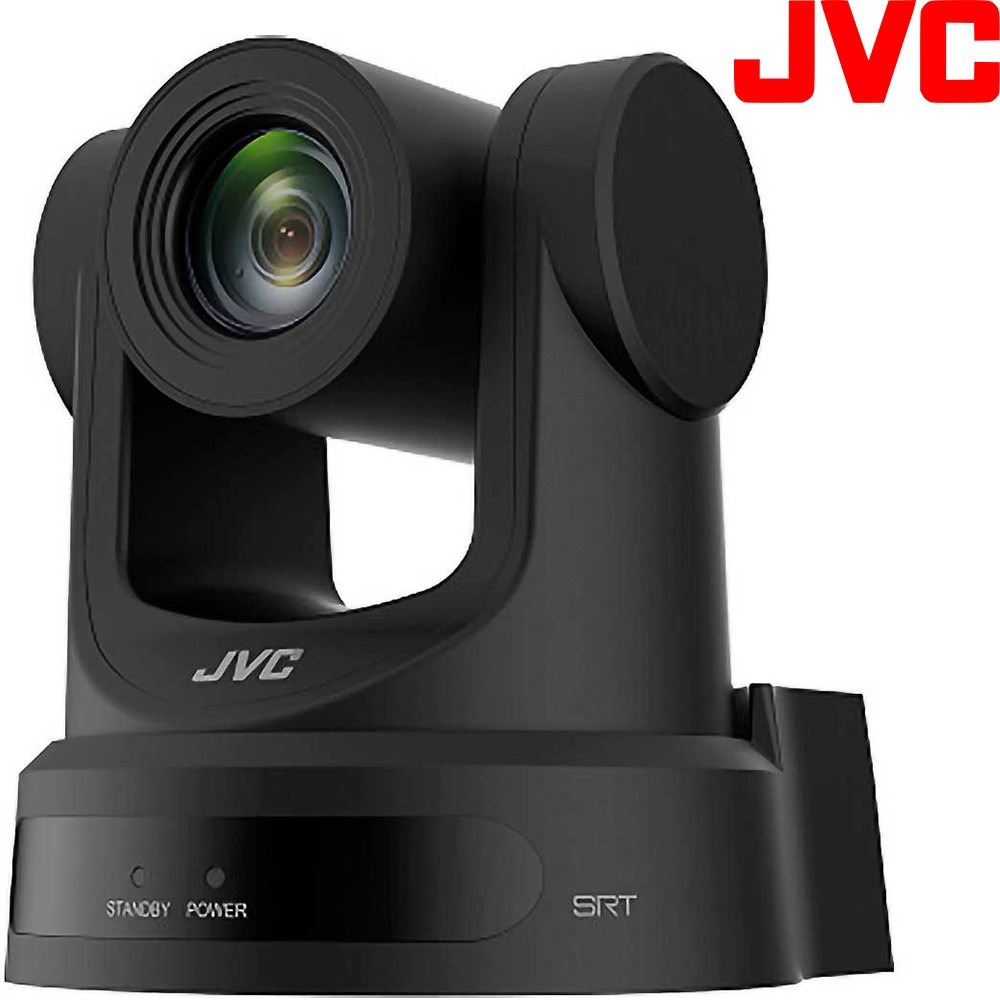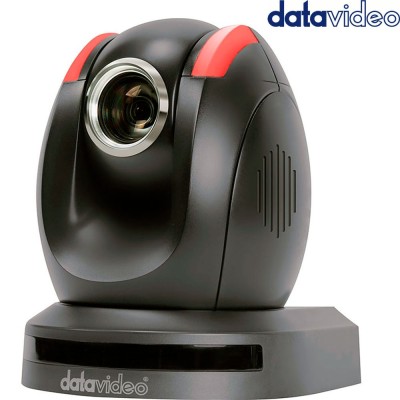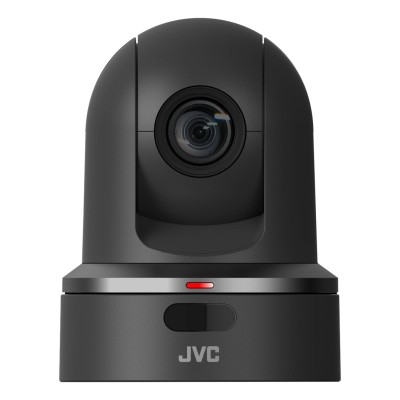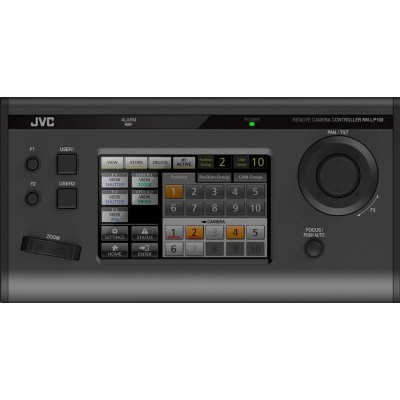
The new JVC KY-PZ200 HD camera offers optimal image quality and performance for remote production over the Internet, thanks to streaming protocols such as SRT, H.265/H.264/MJPEG encoding and the use of multi-camera synchronisation technologies including VITC (Vertical Interval Timecode) and global time synchronisation via NTP.
The new HD KY-PZ200 models are available in black or white to best suit the site or project environment.
The latest transmission protocols
JVC's KY-PZ200 PTZ camera offers high quality, low latency IP video transmission standards ideal for streaming in an ever-evolving media landscape.
The camera includes SRT, HTTP, RTSP, RTMP/RTMPS and other standard protocols. With the open source SRT technology that has become standard in JVC cameras, users of these PTZ cameras have a truly future-proof solution with continuous firmware updates. The advanced streaming capabilities of the built-in SRT technology add automatic repeat request (ARQ) and error correction (FEC) to prevent packet loss that often happens over Internet connections. It also offers stream encryption to protect the content sent.
Synchronisation via NTP
In addition, with built-in Vertical Interval Time Code (VITC) and Network Time Protocol (NTP), JVC's new PTZ camera also features multi-camera synchronisation, for live event production. This feature is ideal for mixing and broadcasting concerts, shows, sports and other live productions where image synchronisation is critical. Remote control capabilities are made possible by the JVC RM-LP100 camera controller.
High quality image sensor
The KY-PZ200N and KY-PZ200 feature a progressive, 1/2.8-inch HD CMOS image sensor, as well as 20x optical zoom, which reaches the equivalent of 606.9mm on 35mm.
Professional connections
These cameras feature the most advanced professional connections: HDMI and 3G-SDI, RJ45 with PoE, RS232 and RS485.
Connect as a webcam
The new KY-PZ200N and KY-PZ200 support UVC (USB Video Class) and can be used as a webcam. The KY-PZ200N and 200 can be connected directly to a PC via a USB cable (sold separately) and can be used in place of a webcam. It can be used as a camera to record and distribute high quality video images, for web conferencing and remote chat.








